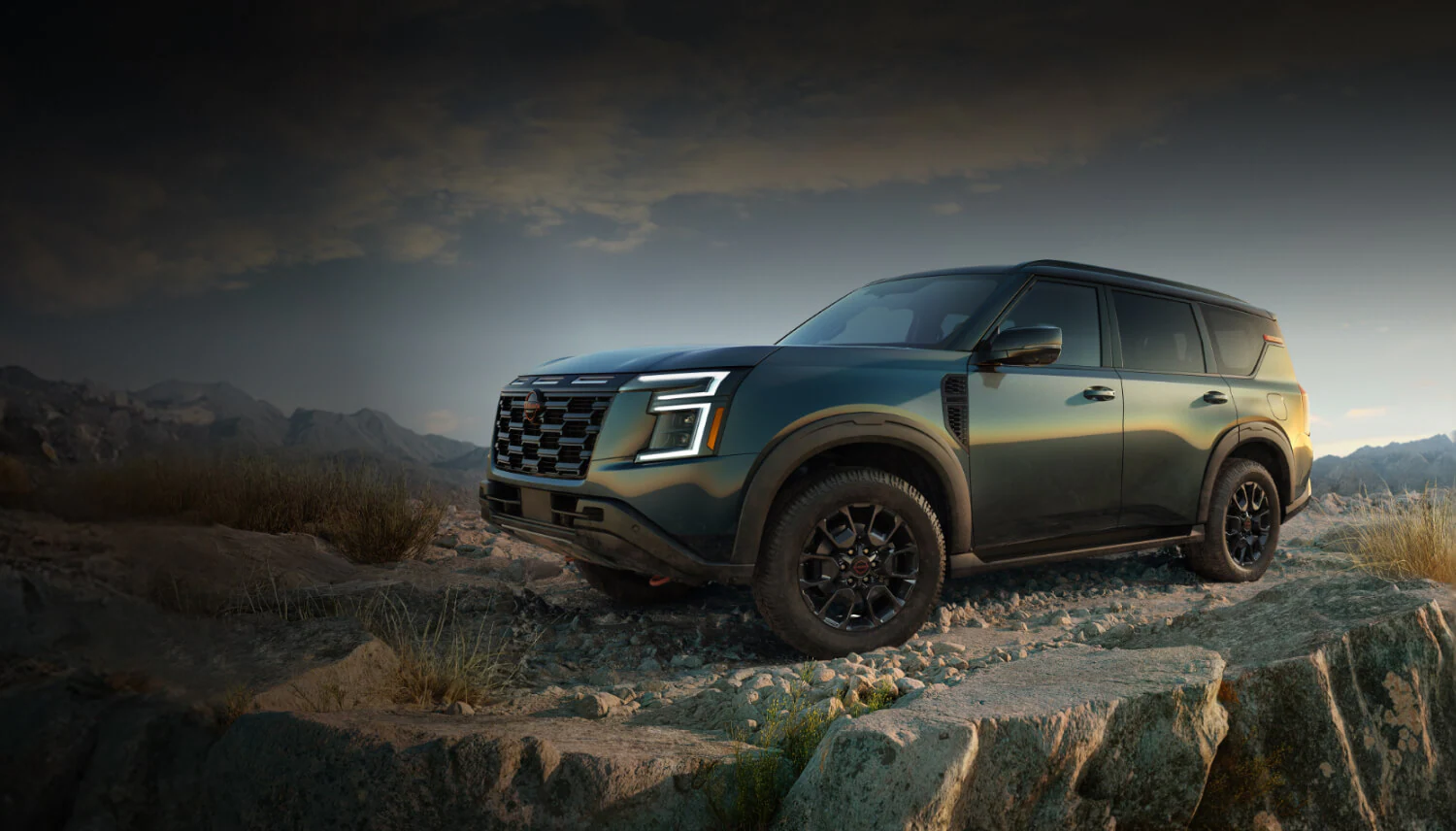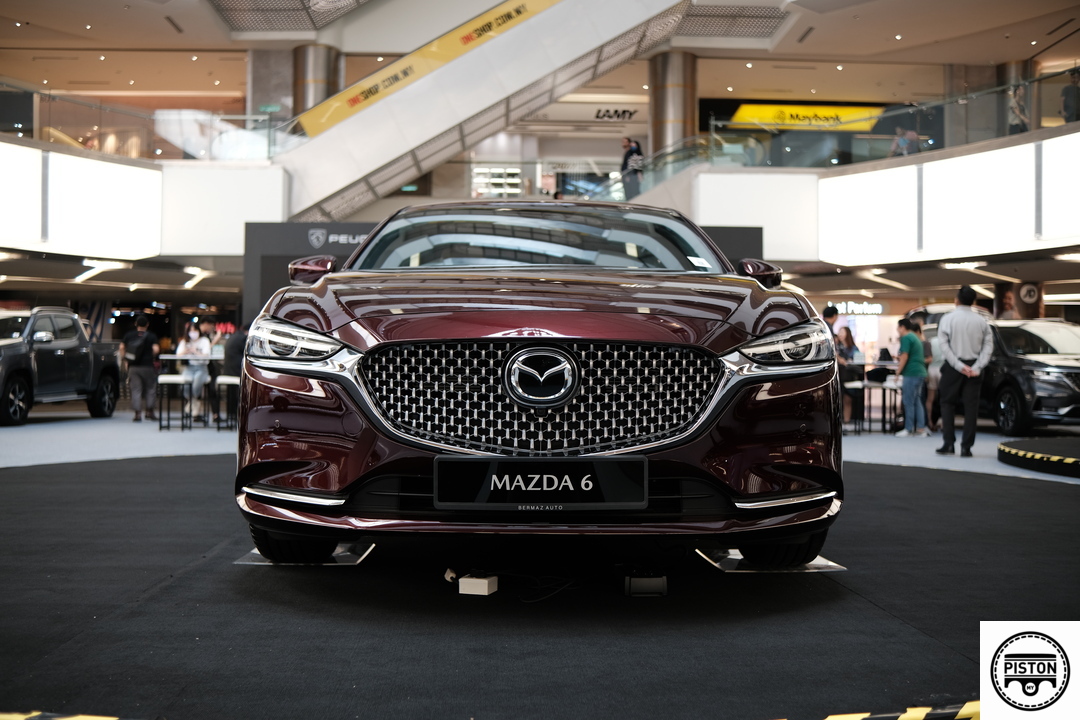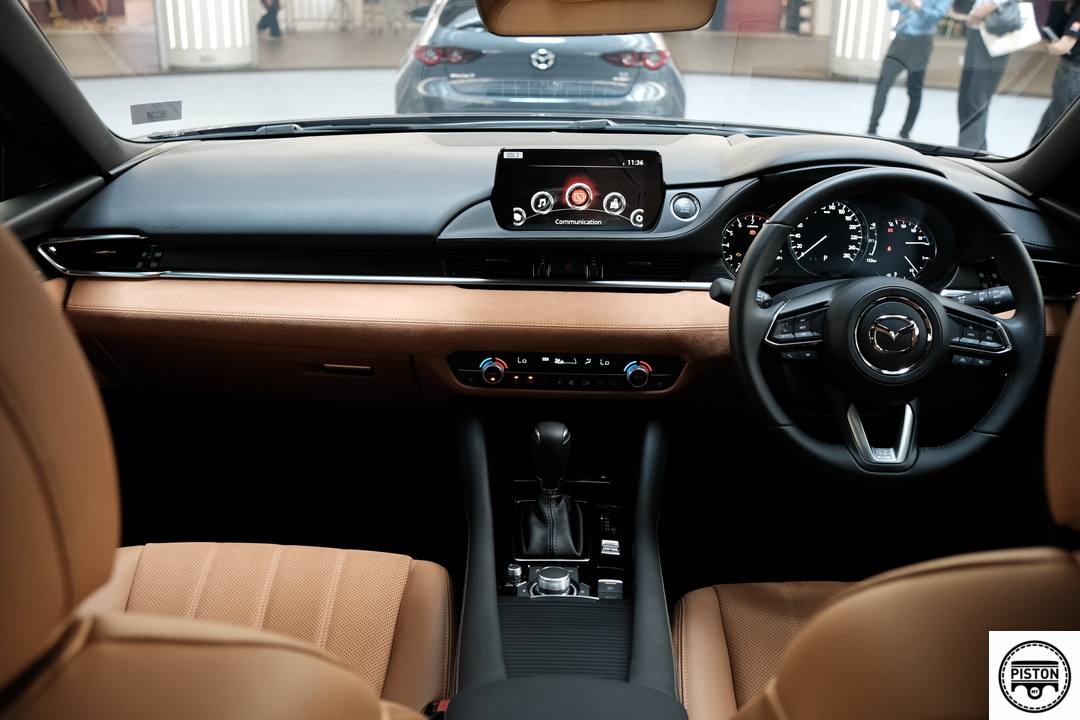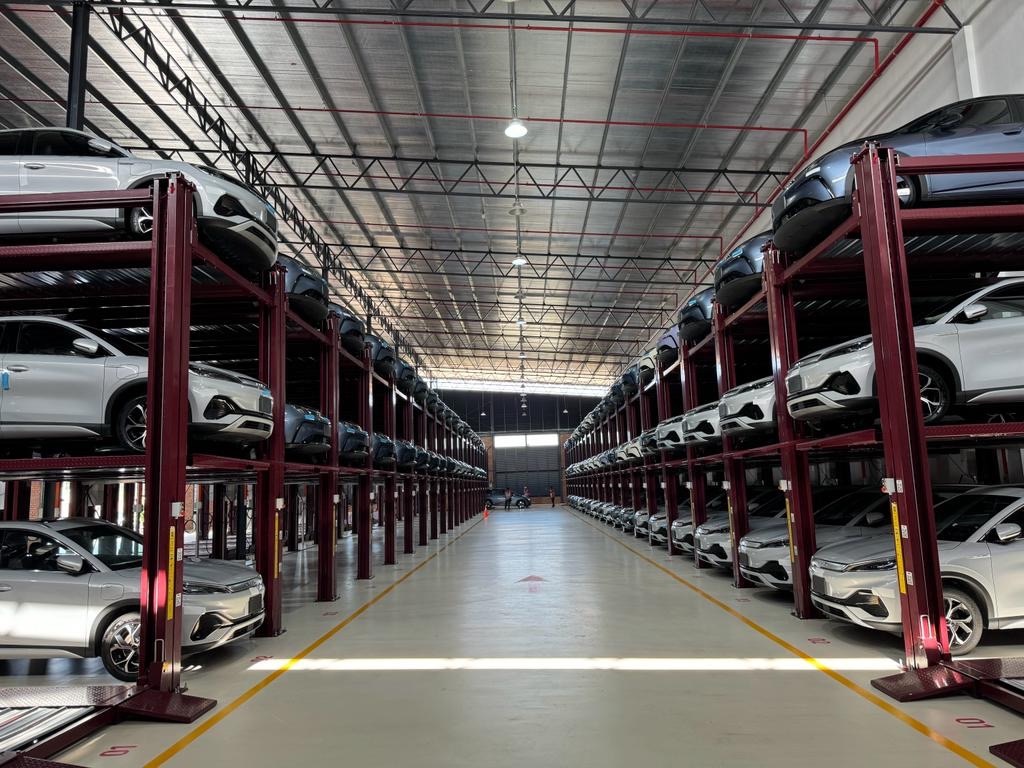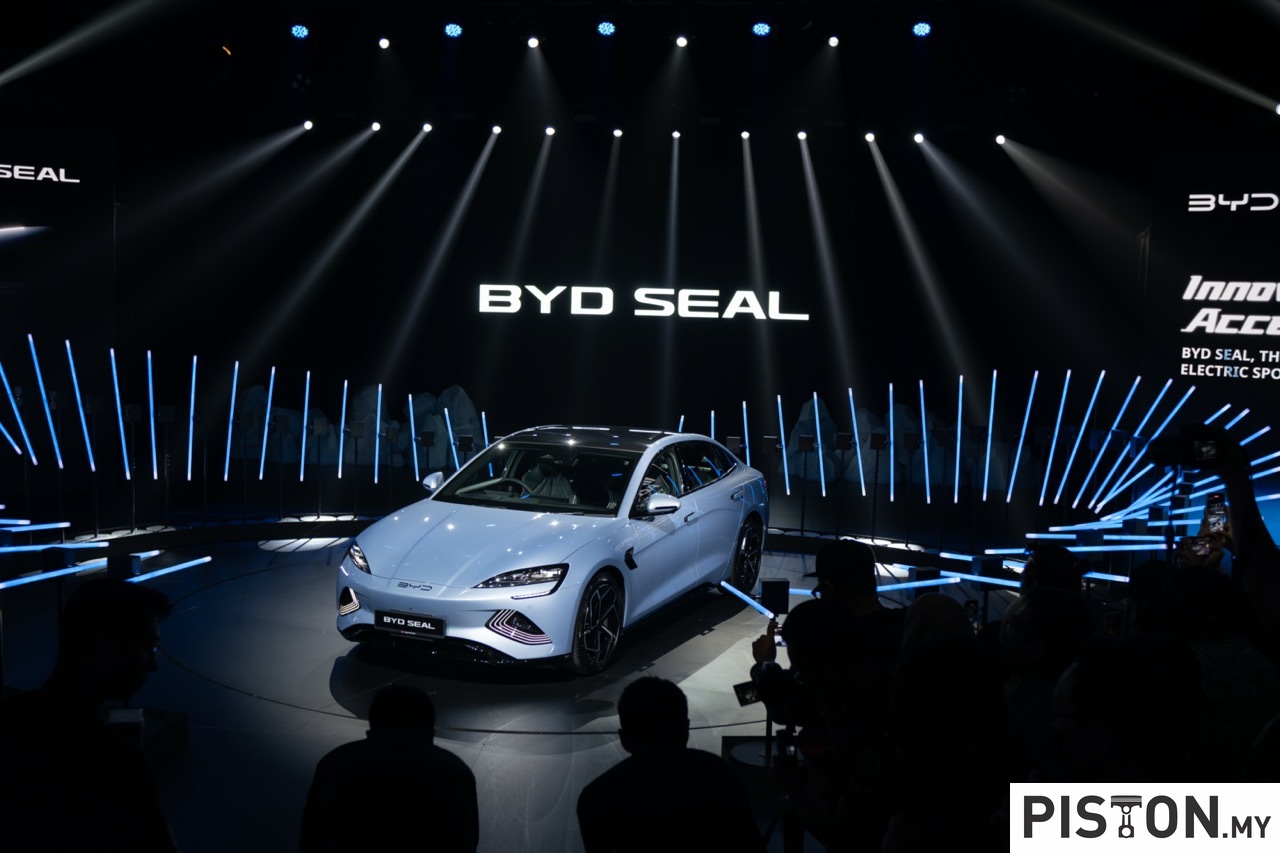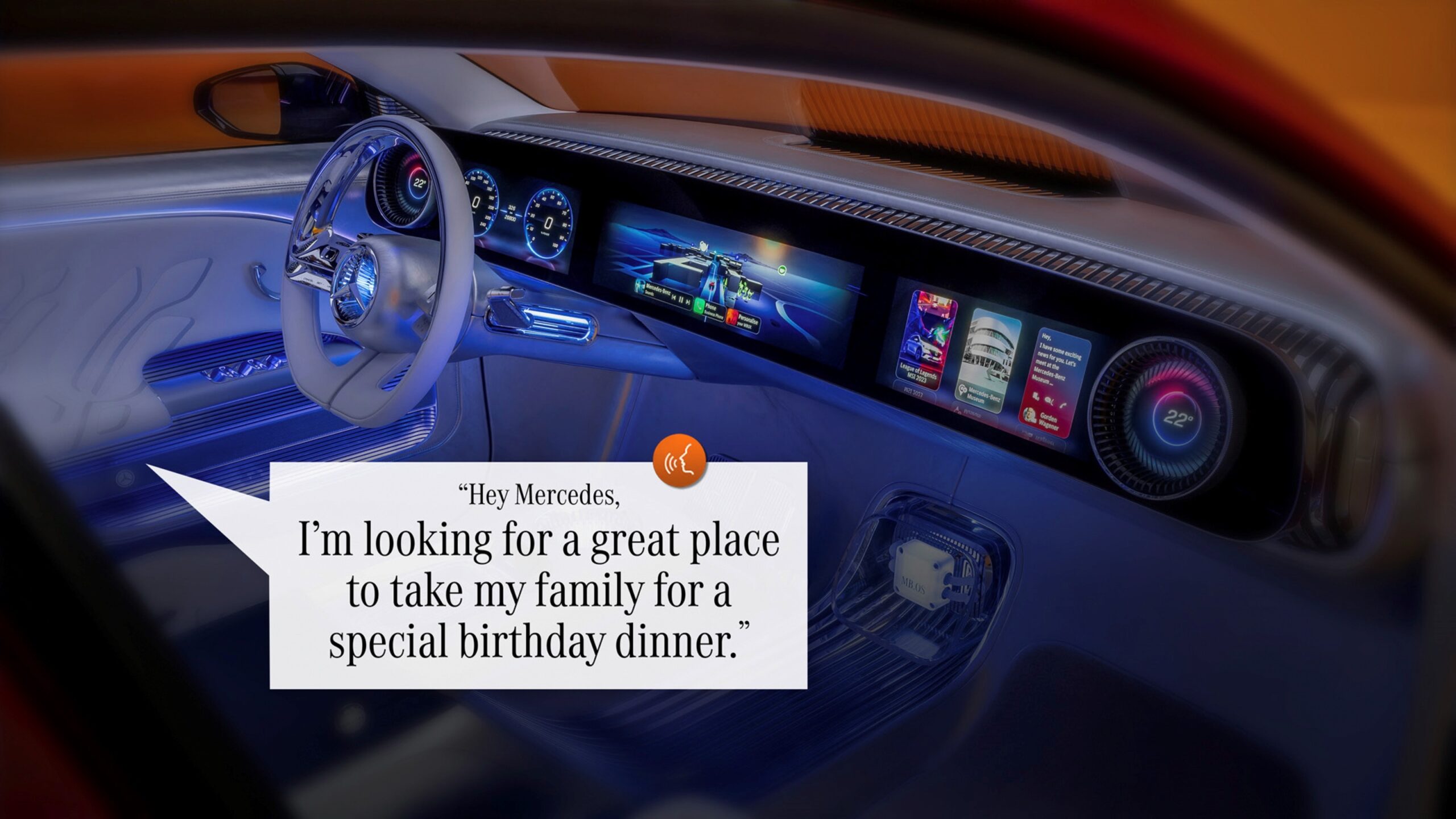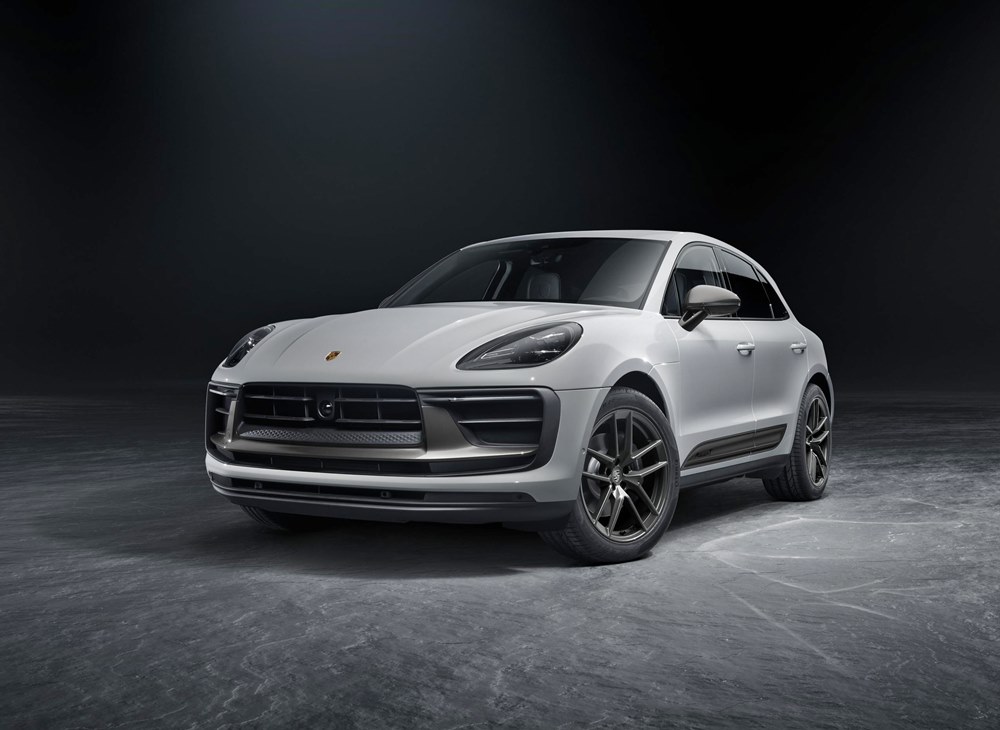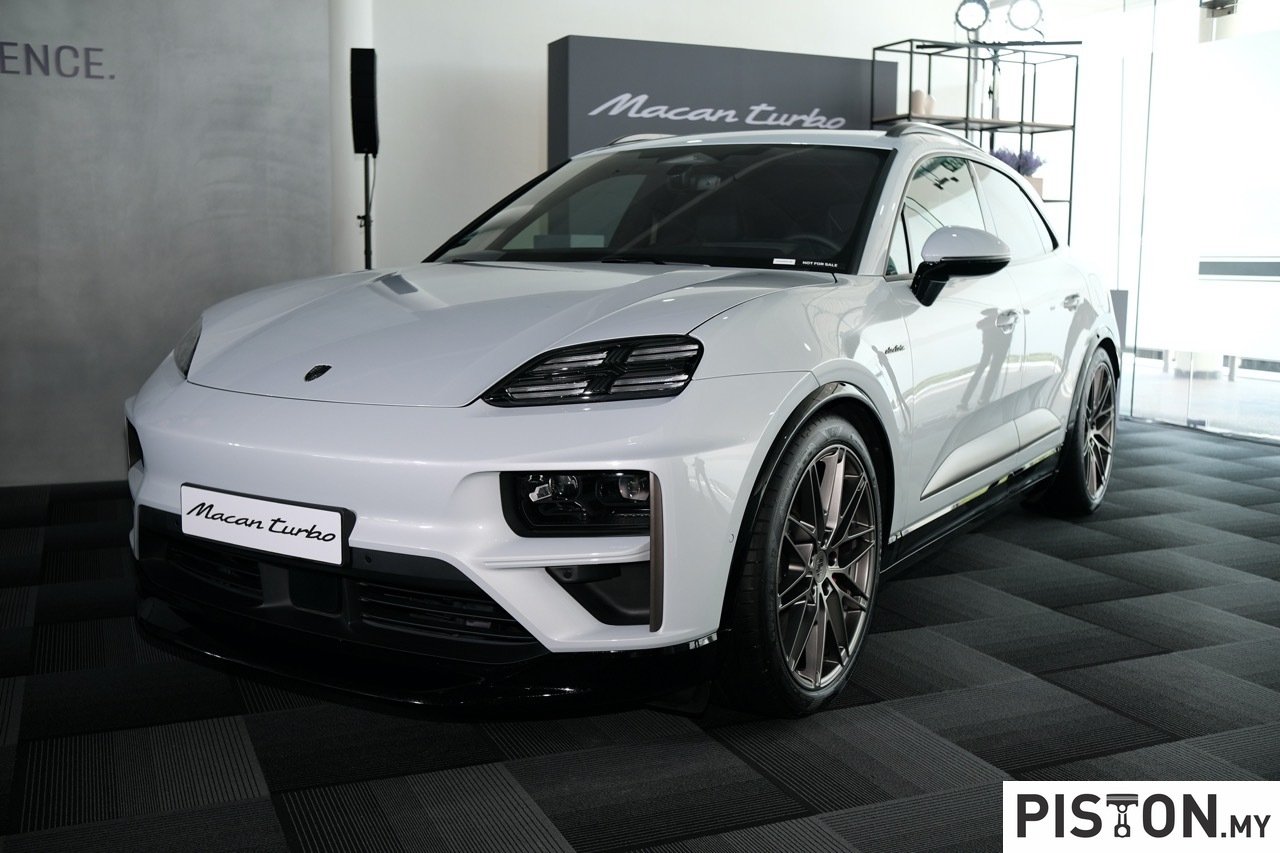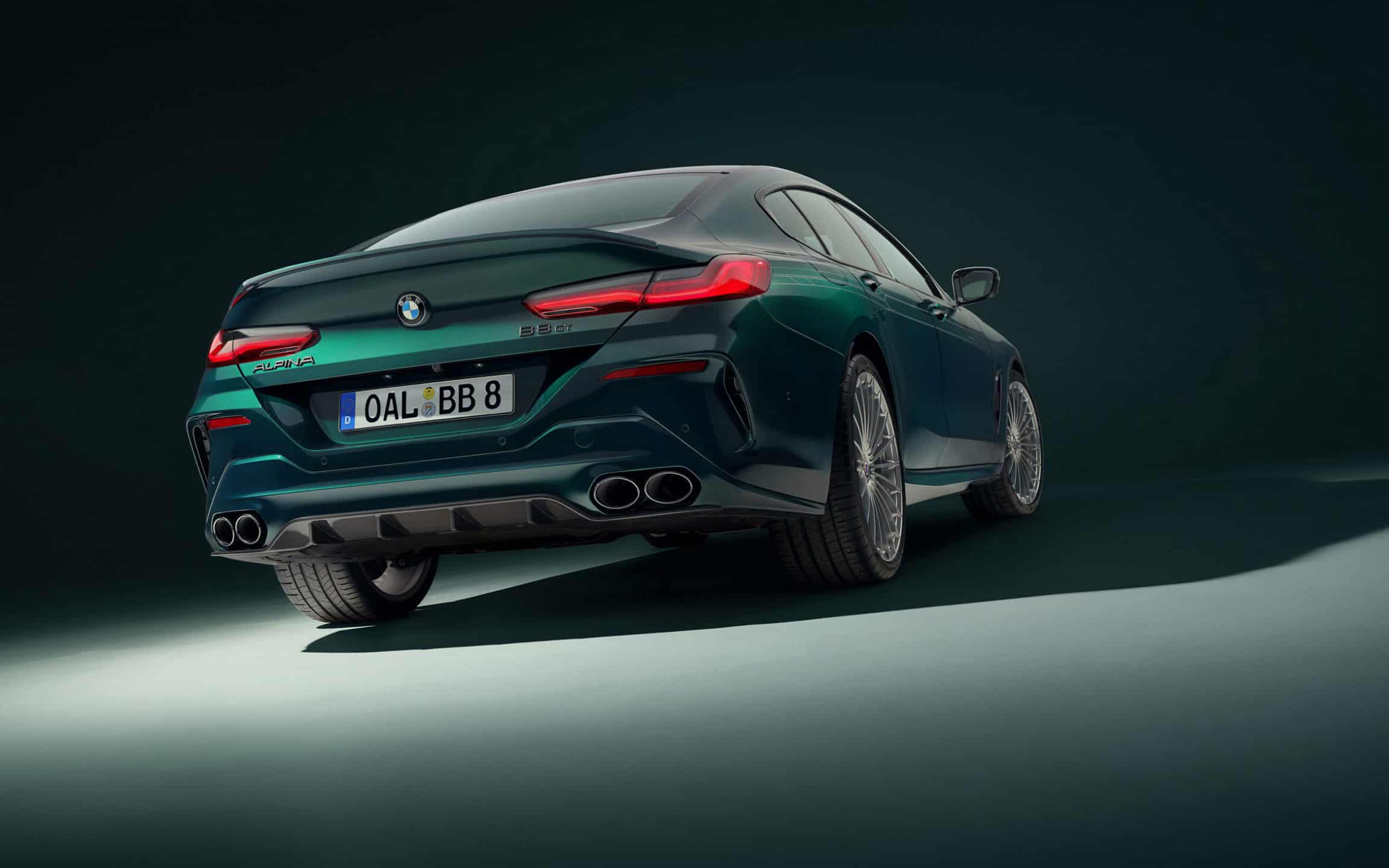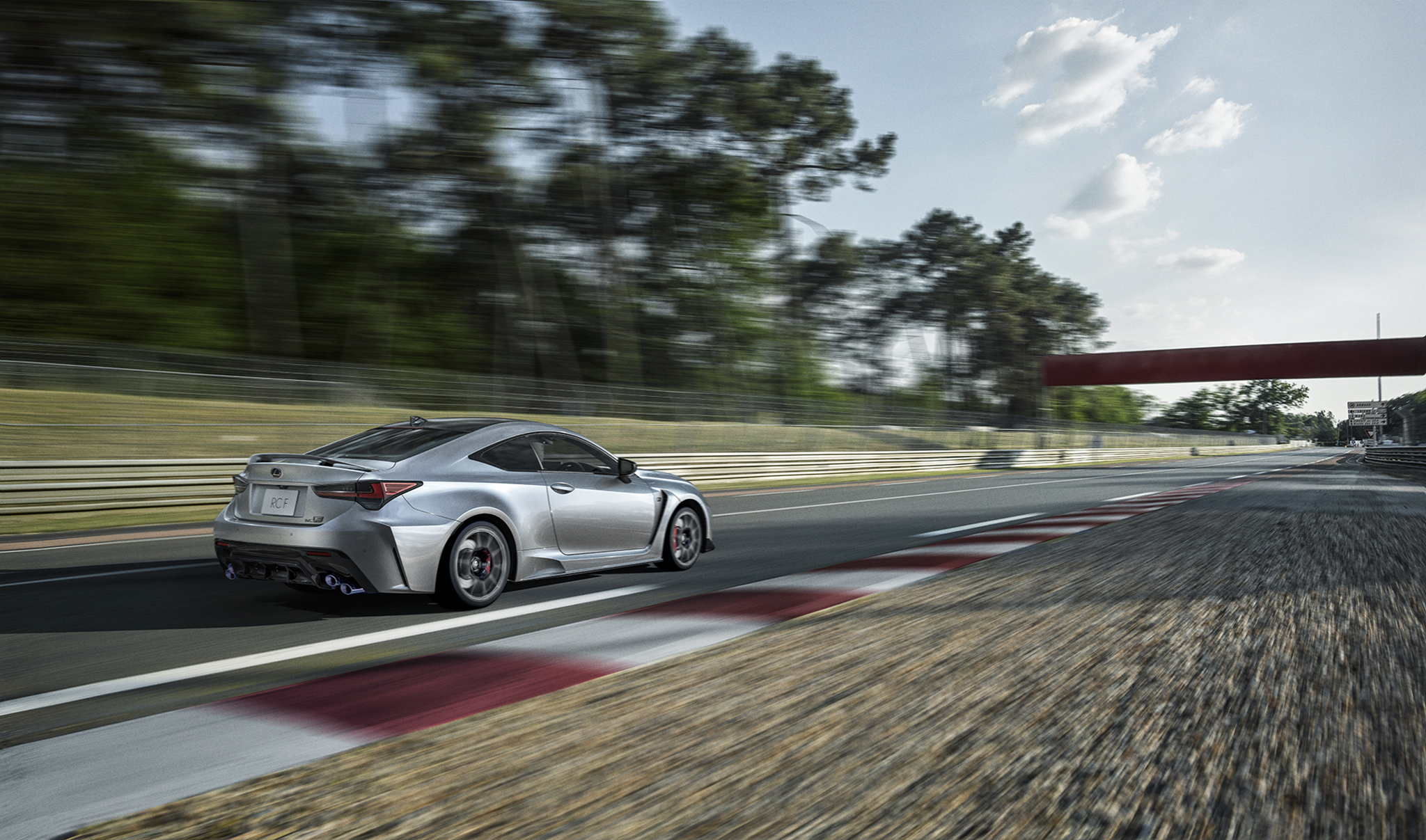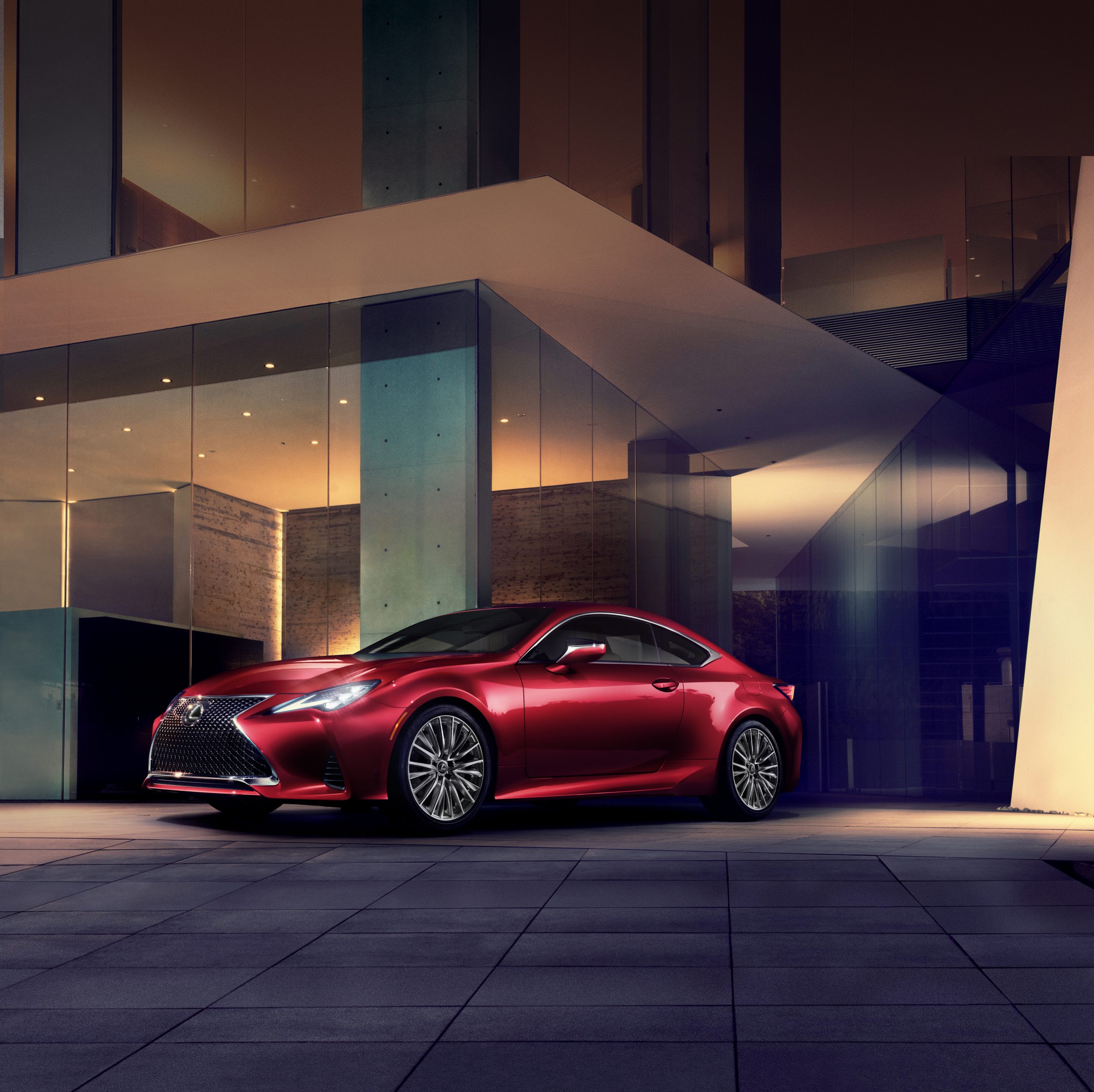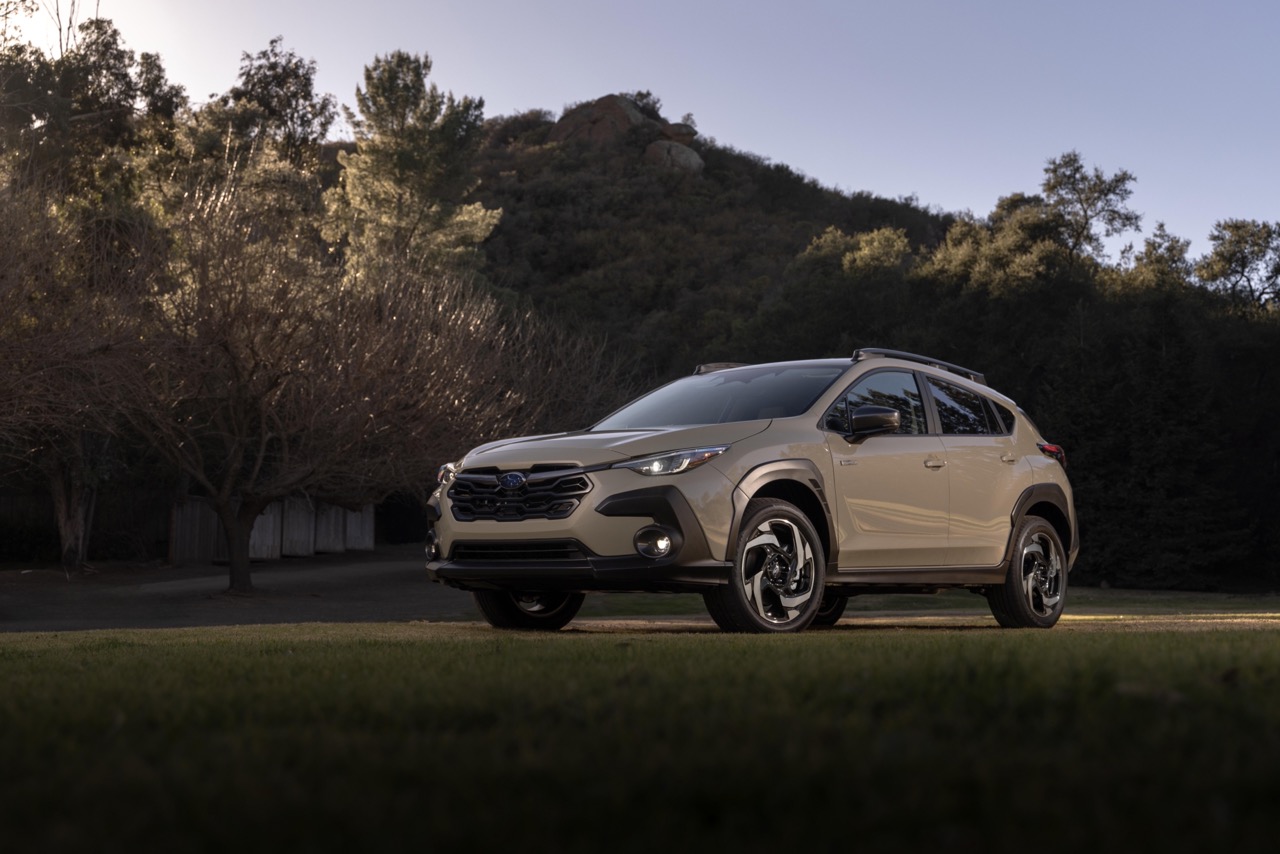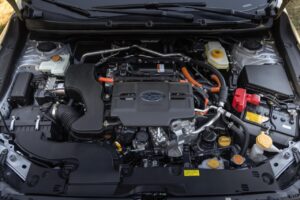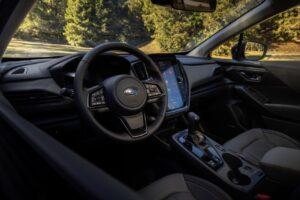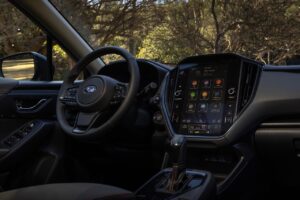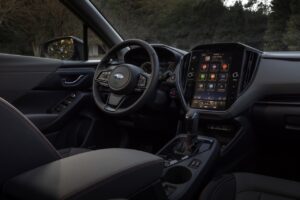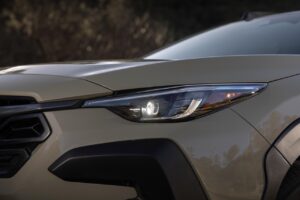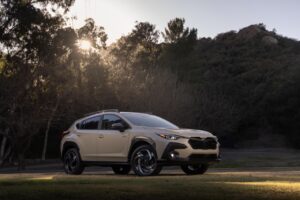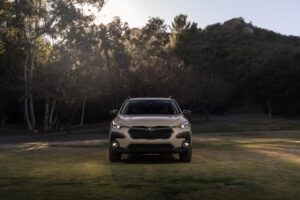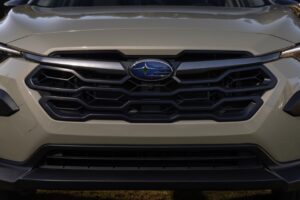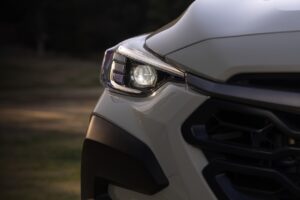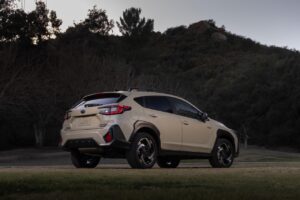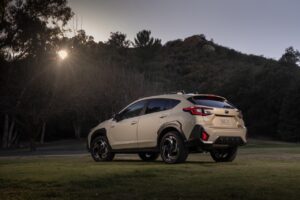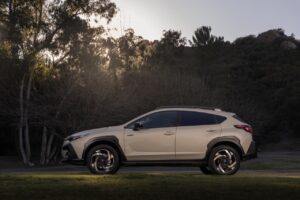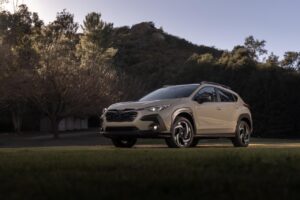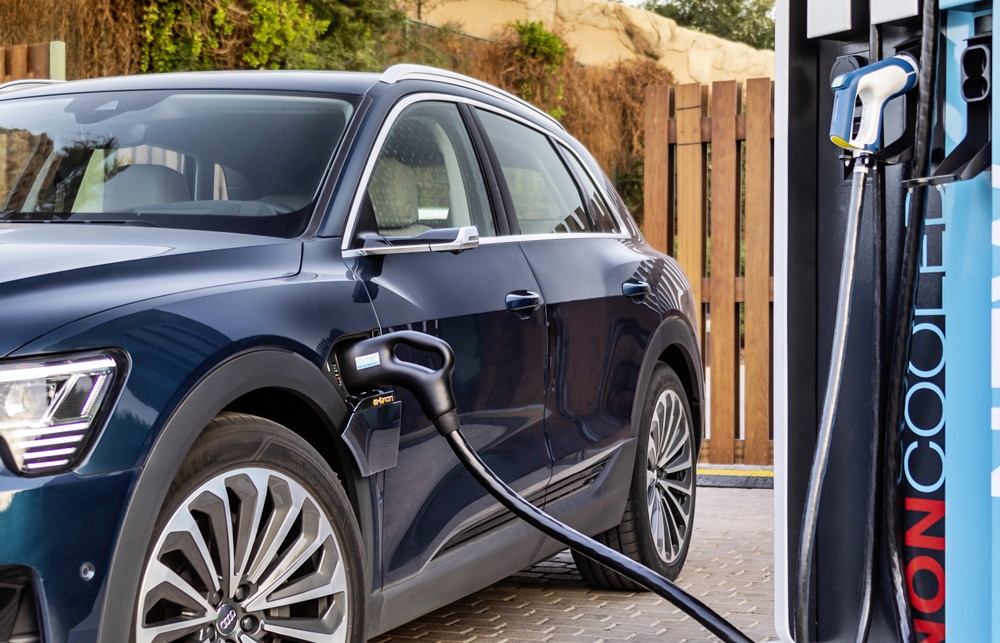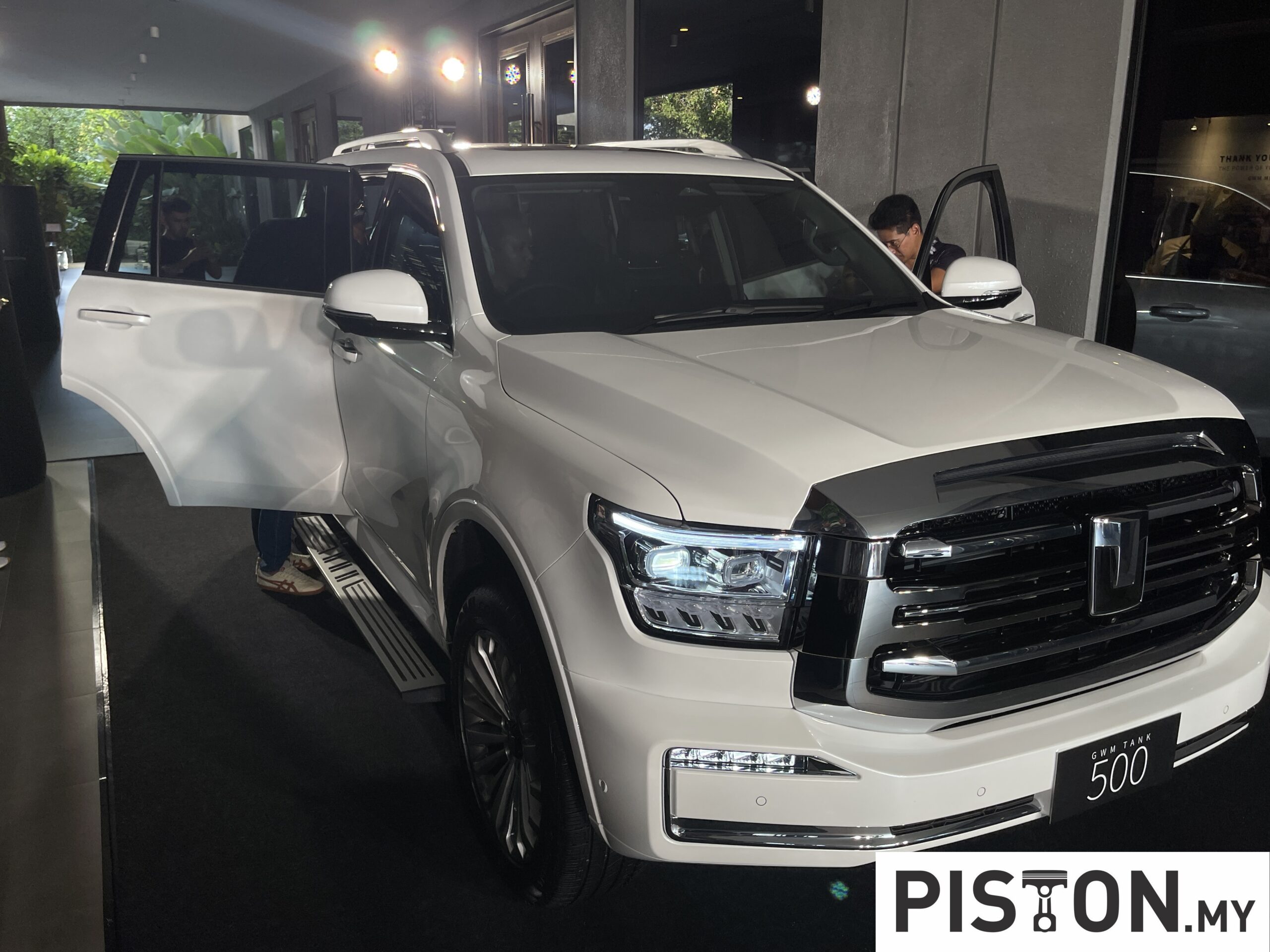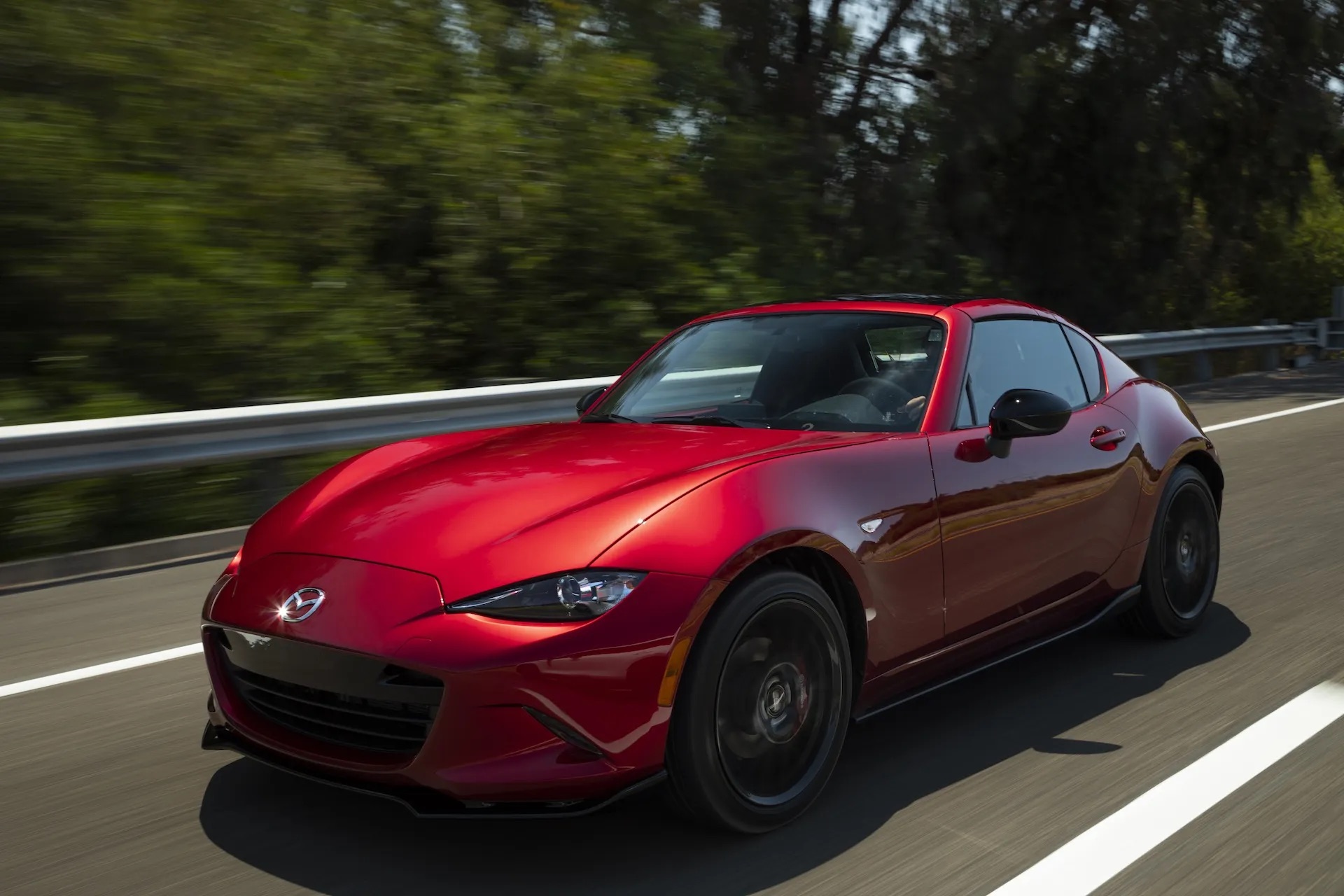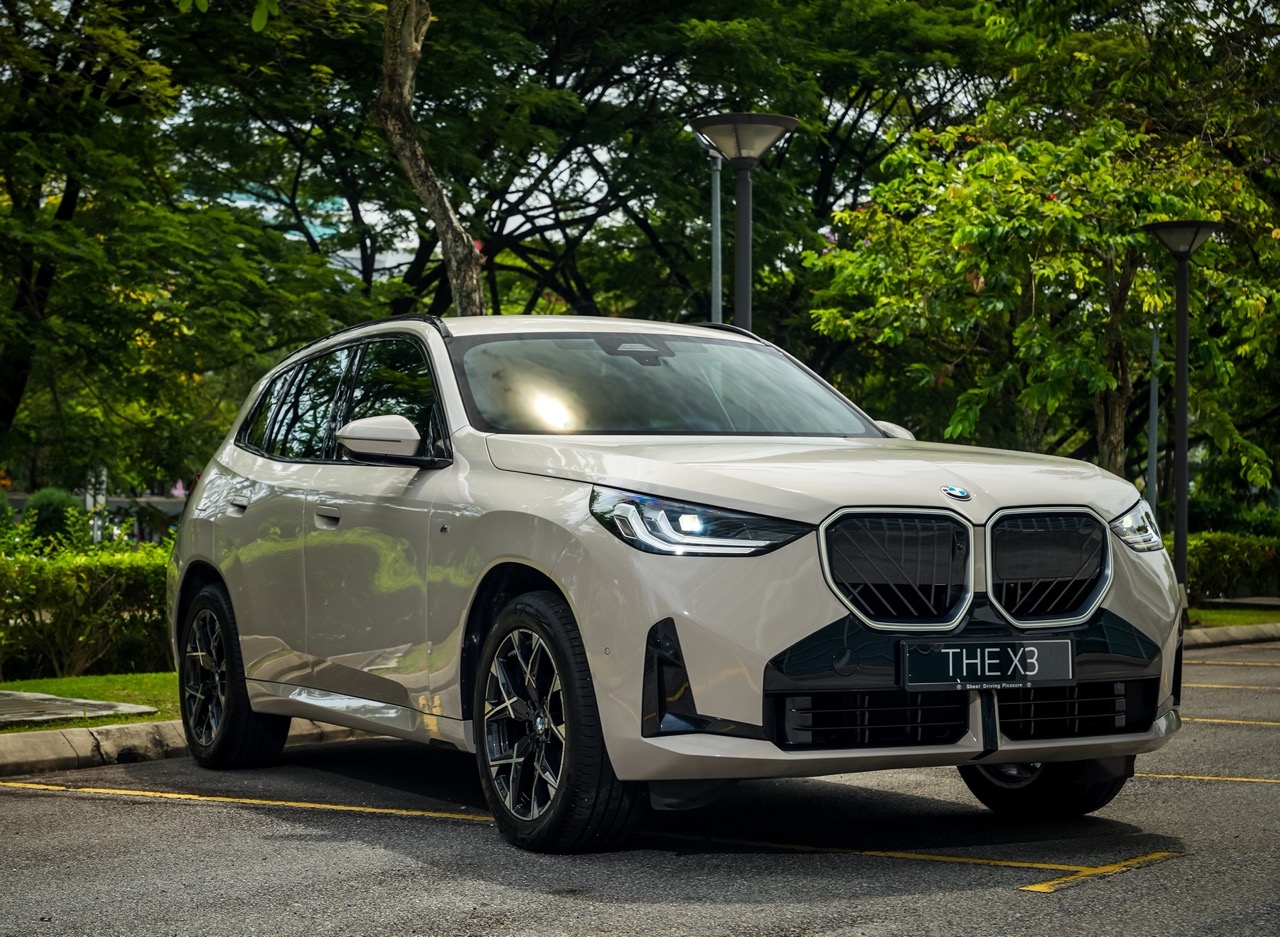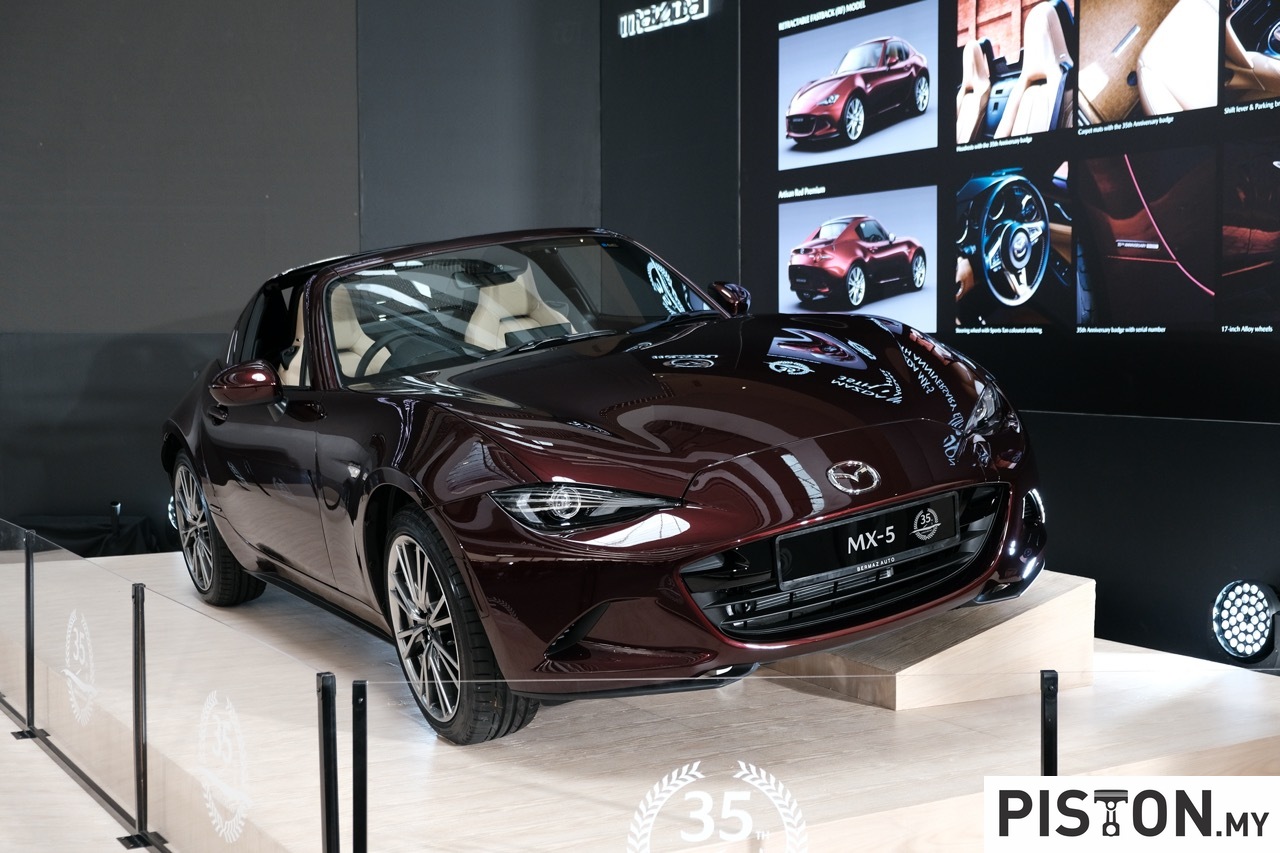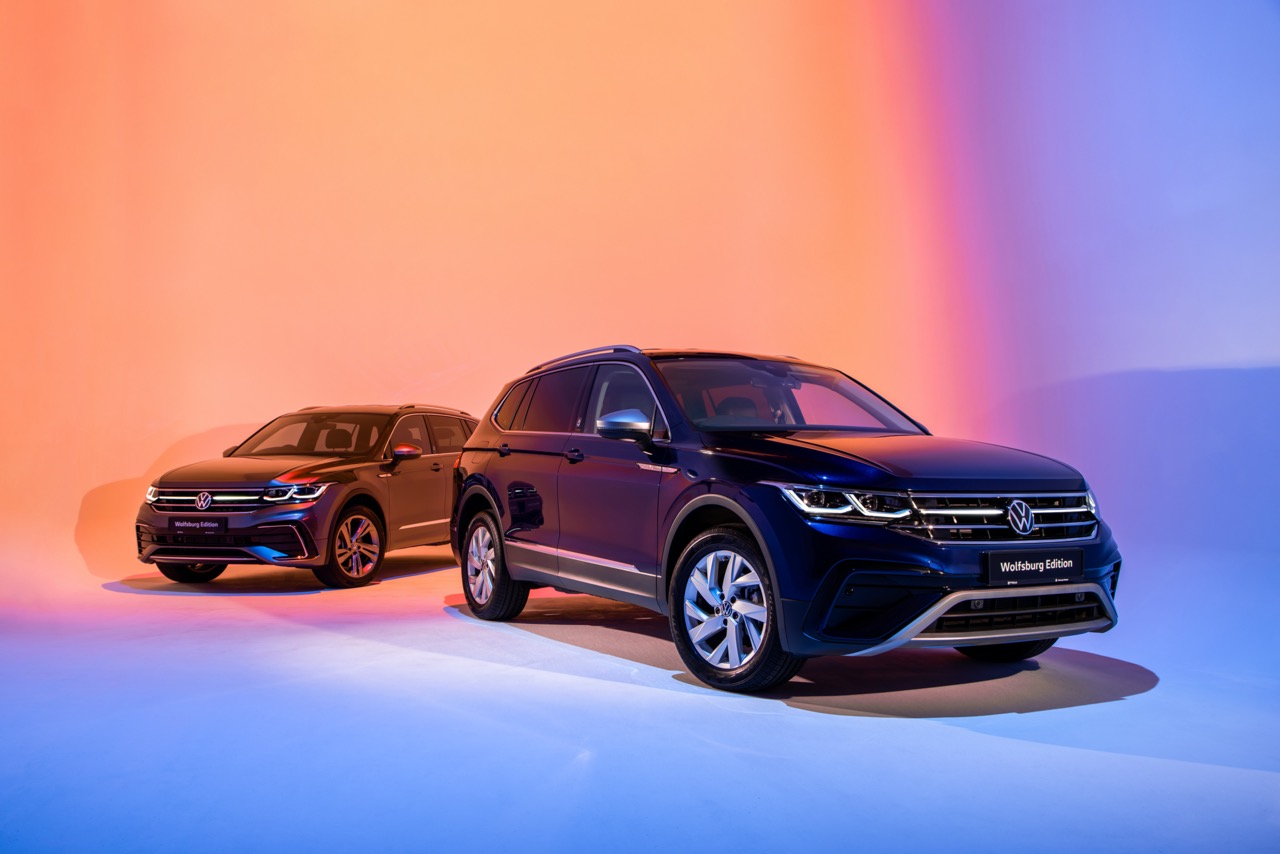Subaru of America has announced the arrival of the 2026 Subaru Crosstrek Hybrid, the third-generation model of the compact SUV. Set to debut in fall 2025, the new Crosstrek Hybrid boasts a next-generation series-parallel hybrid system seamlessly integrated with Subaru’s signature Symmetrical All-Wheel Drive. Combining efficiency with the brand’s renowned capability, the hybrid model is a significant evolution in the Crosstrek lineup.
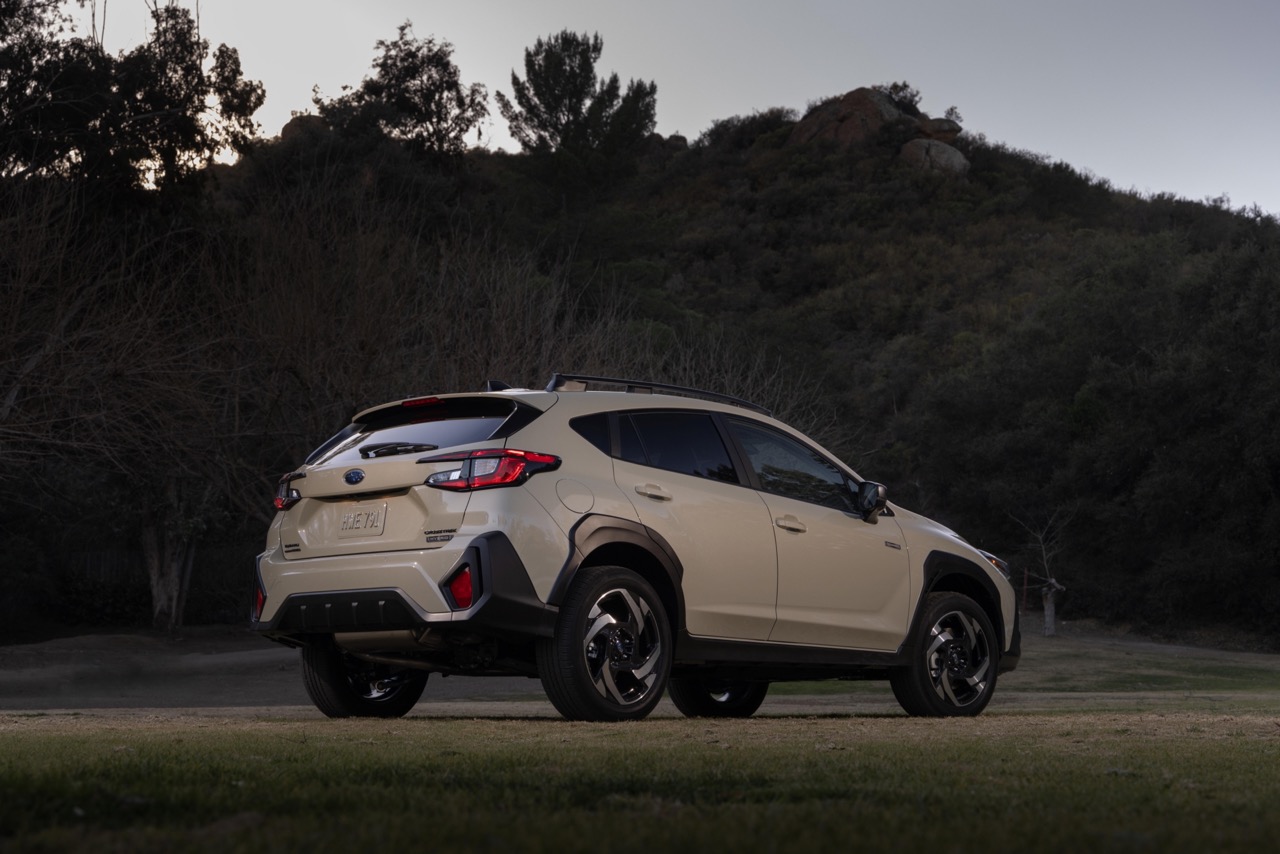
At the heart of the 2026 Crosstrek Hybrid is a 2.5-litre Atkinson/Miller-cycle SUBARU BOXER engine paired with electric motors and a high-capacity, sealed lithium-ion battery rated at 1.1 kWh. The hybrid powertrain generates a total system output of 194 horsepower, delivering enhanced fuel efficiency without sacrificing the SUV’s off-road prowess. With 8.7 inches of ground clearance, the Crosstrek Hybrid maintains its rugged versatility, outperforming many full-size SUVs in terms of terrain adaptability.
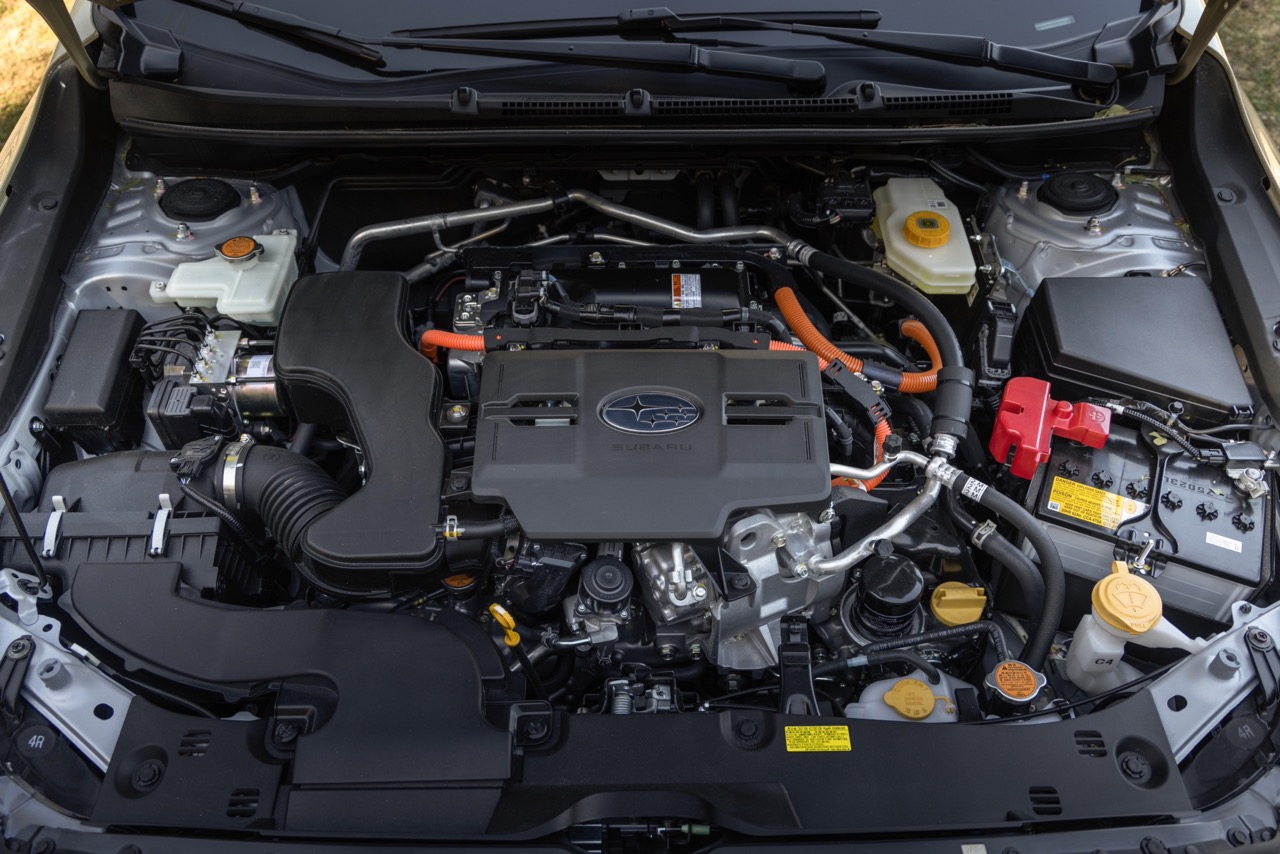
Safety remains a cornerstone of Subaru’s design philosophy, and the Crosstrek Hybrid comes equipped with the latest iteration of the award-winning EyeSight Driver Assist Technology. The updated system features a wider field of view, improved control software, and an electric brake booster, enabling more accurate detection of cyclists and pedestrians. Additional safety measures include Reverse Automatic Braking, Blind-Spot Detection, Rear Cross-Traffic Alert, and Emergency Stop Assist. The latter is a groundbreaking feature that brings the vehicle to a halt if the driver becomes unresponsive, activating hazard lights, unlocking the doors, and contacting emergency services via SUBARU STARLINK Connected Services.
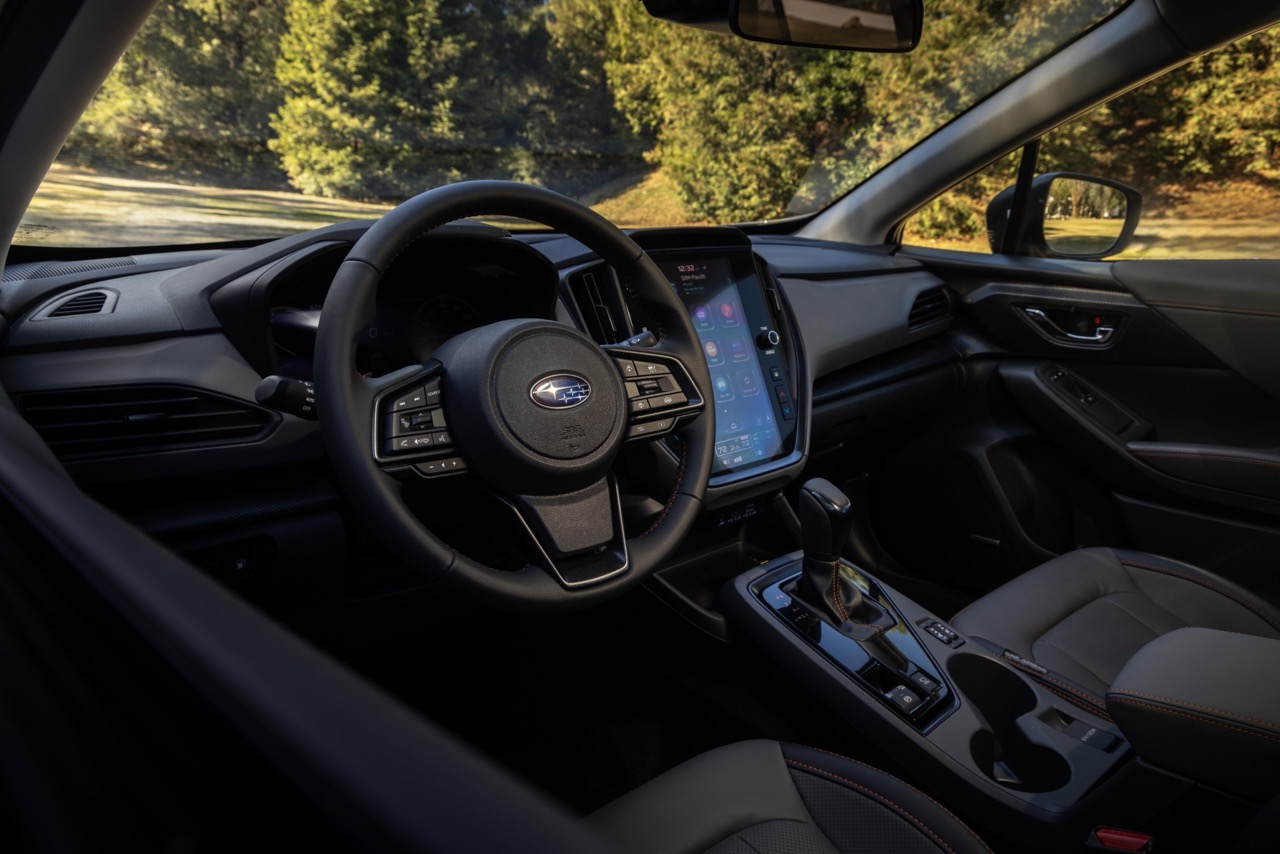
Inside, the Crosstrek Hybrid offers a tech-forward cabin designed for modern drivers. A 12.3-inch digital gauge cluster is complemented by an 11.6-inch SUBARU STARLINK Multimedia Plus touchscreen system. The multimedia interface supports wireless Apple CarPlay and Android Auto, providing a seamless and intuitive user experience. Additional entertainment and convenience features include Bluetooth connectivity, SiriusXM All-Access Radio with a complimentary trial, HD Radio, and over-the-air software updates.
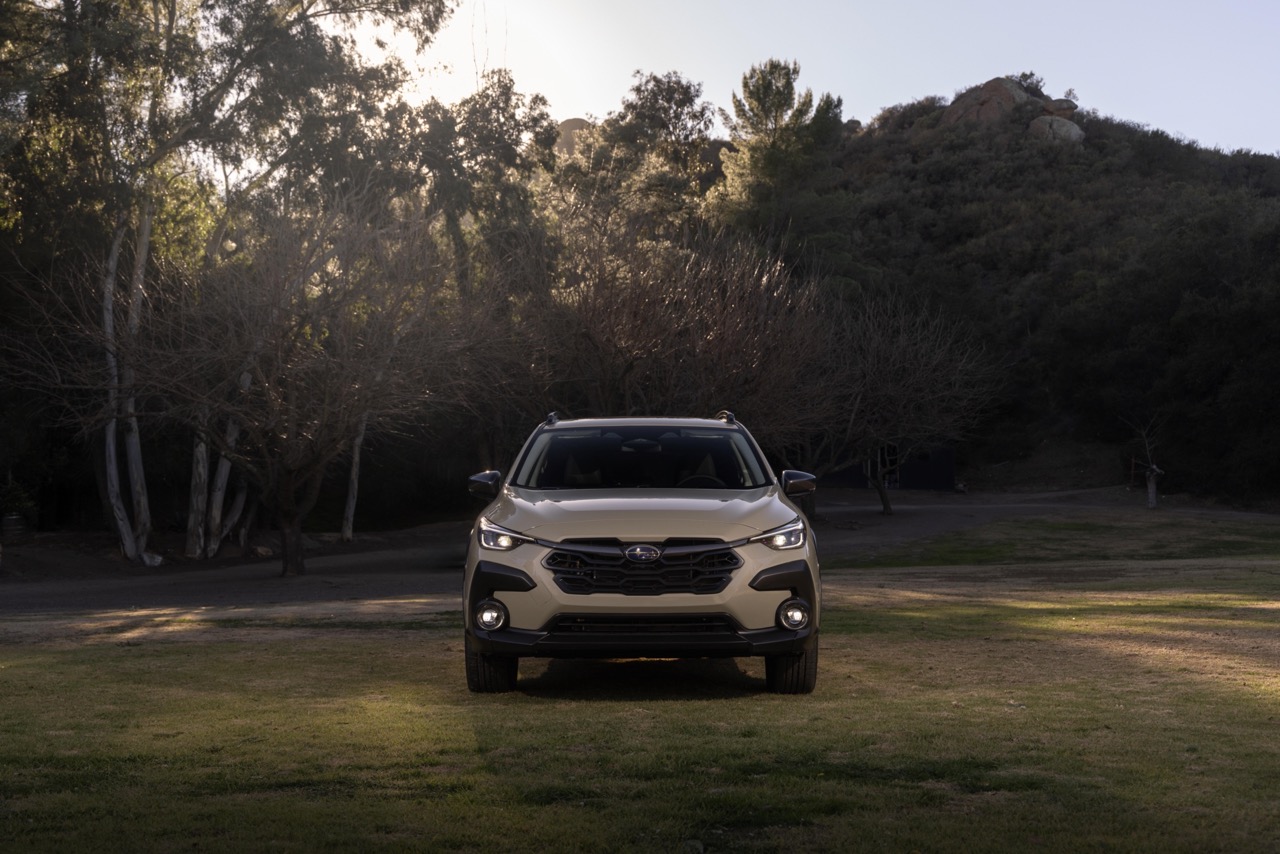
The 2026 Crosstrek Hybrid debuts two exclusive exterior colours, Sand Dune Pearl and Citron Yellow Pearl, paired with 18-inch dark grey alloy wheels that emphasise the hybrid model’s unique character. Designed to harmonise Subaru’s advanced hybrid powertrain with its all-wheel-drive architecture, the Crosstrek Hybrid ensures that no capability is lost in the transition to greater efficiency.
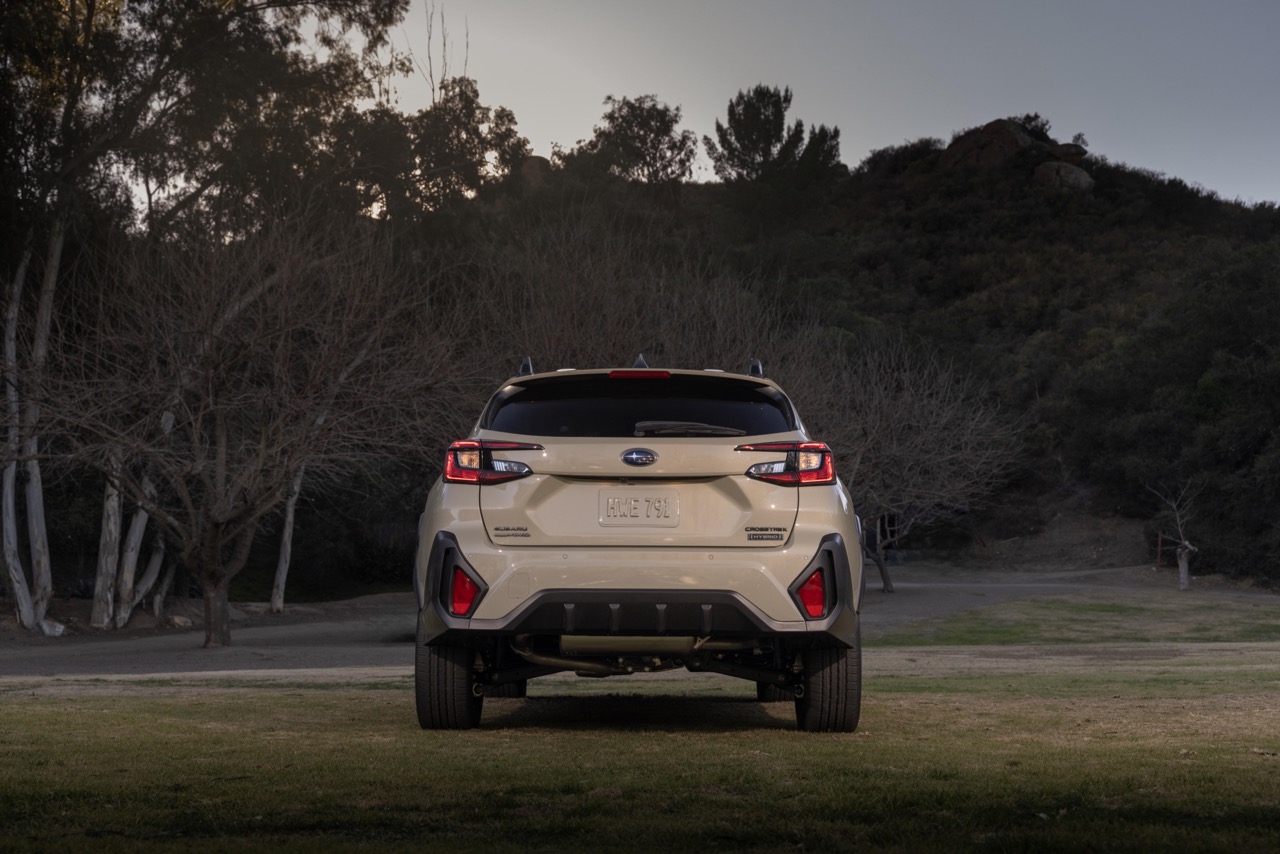
As Subaru continues to innovate with environmentally conscious designs, the 2026 Crosstrek Hybrid reflects the brand’s commitment to blending sustainability with performance. The model’s nationwide release in September 2025 is set to reaffirm its status as a versatile and reliable choice for adventurers and eco-conscious drivers alike.




